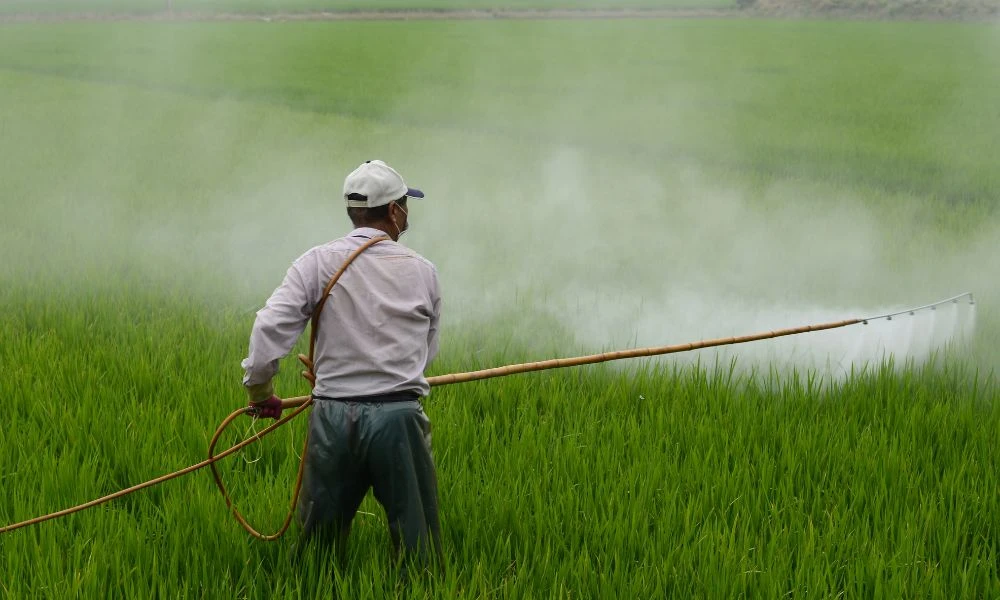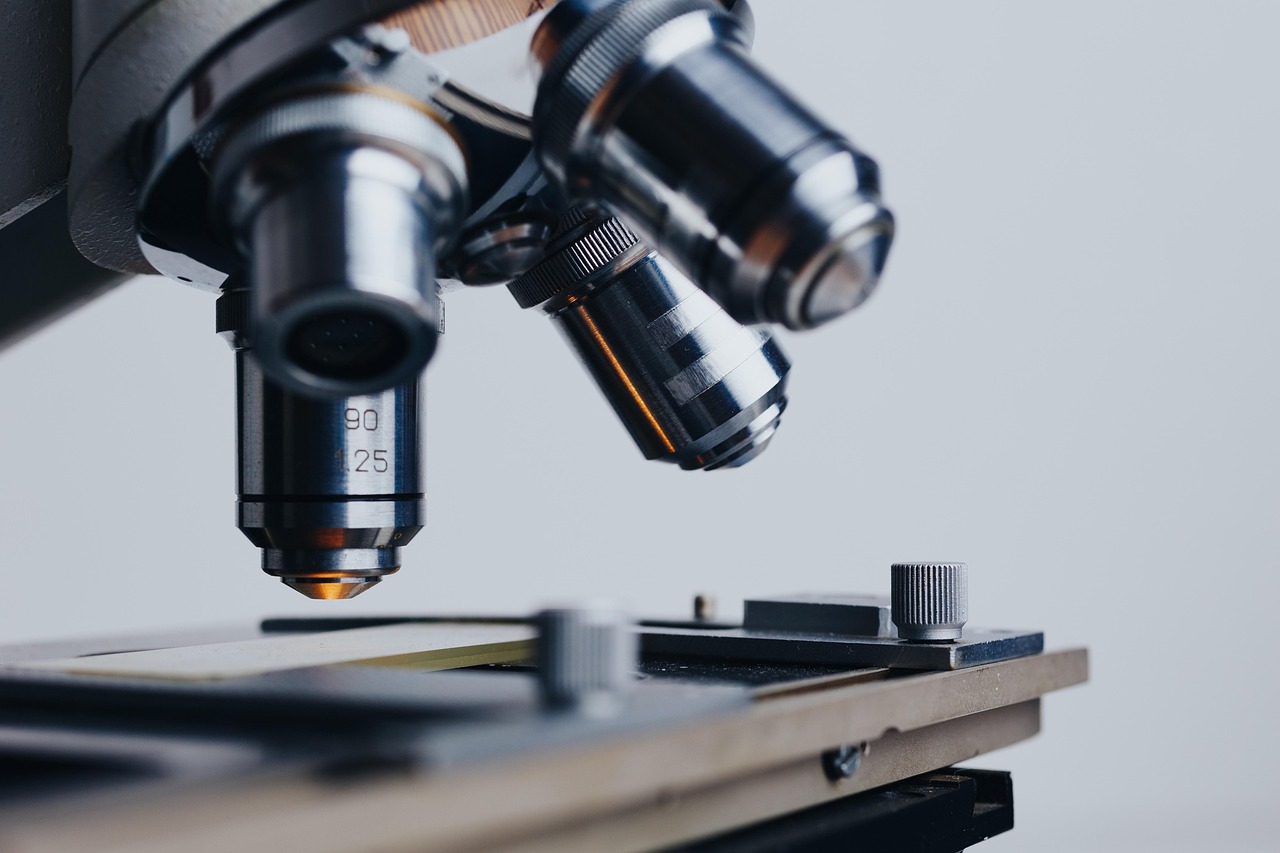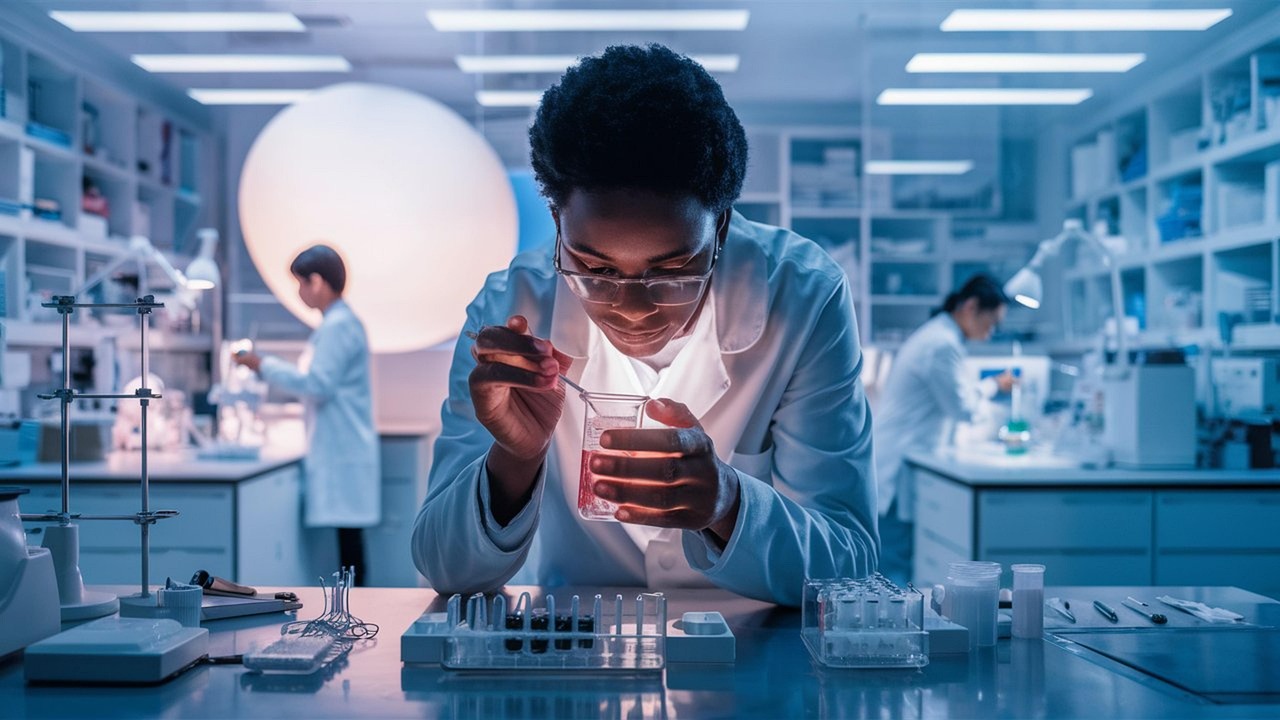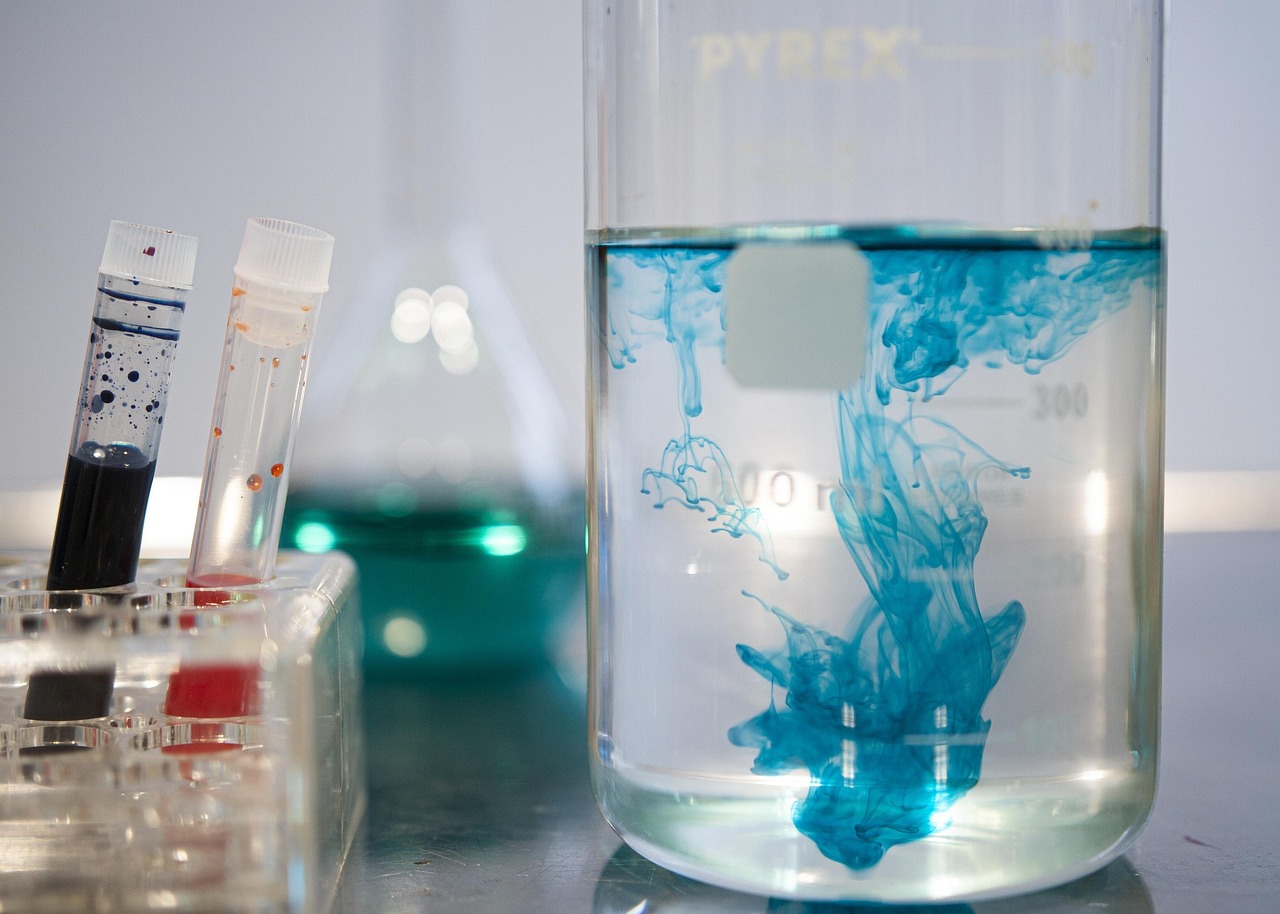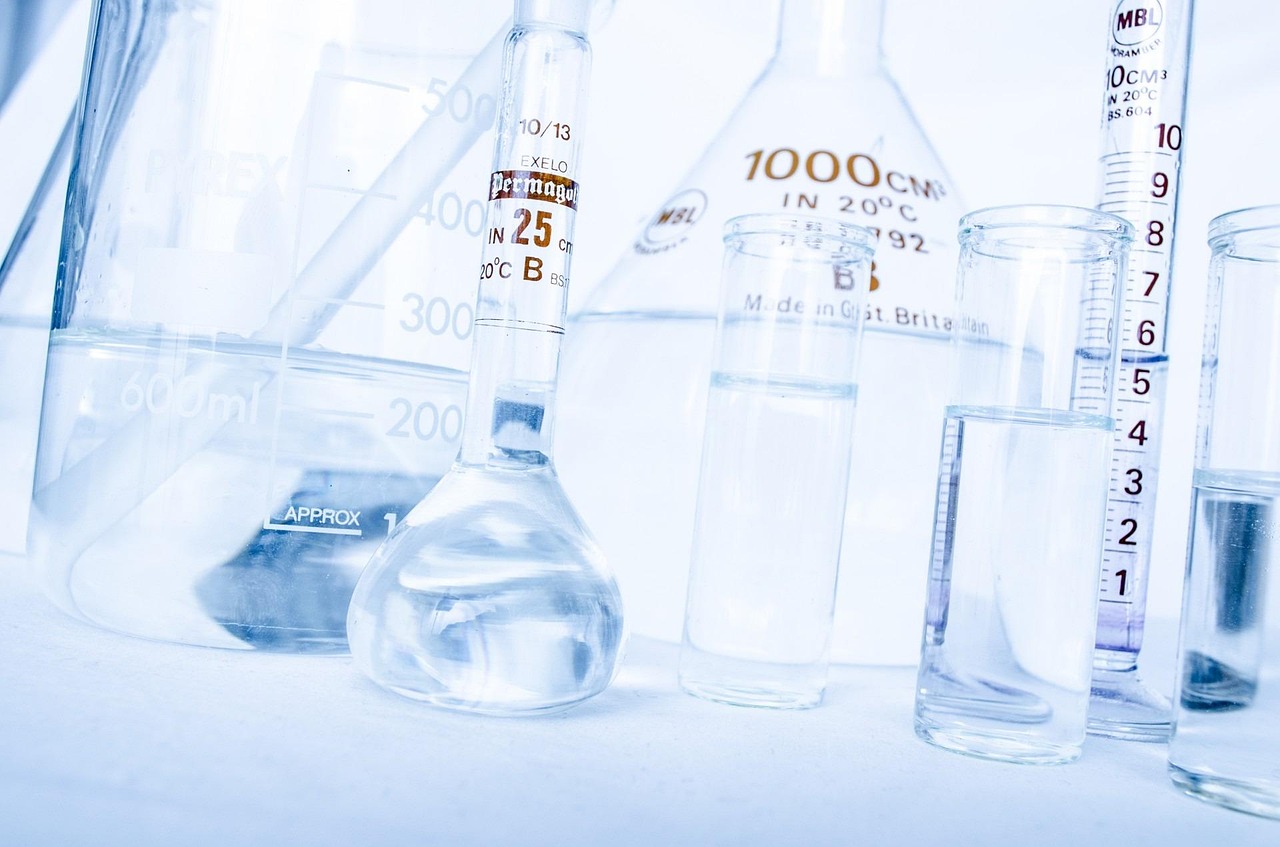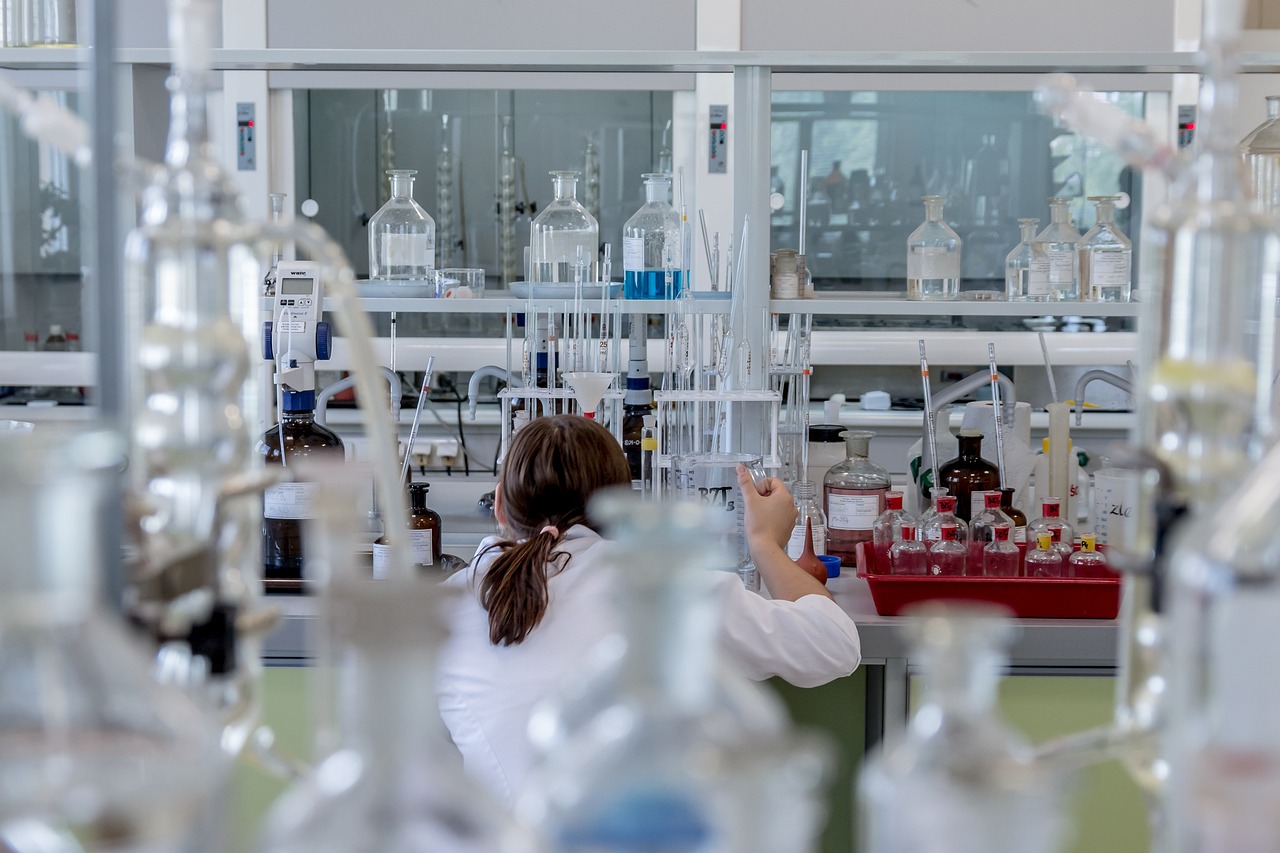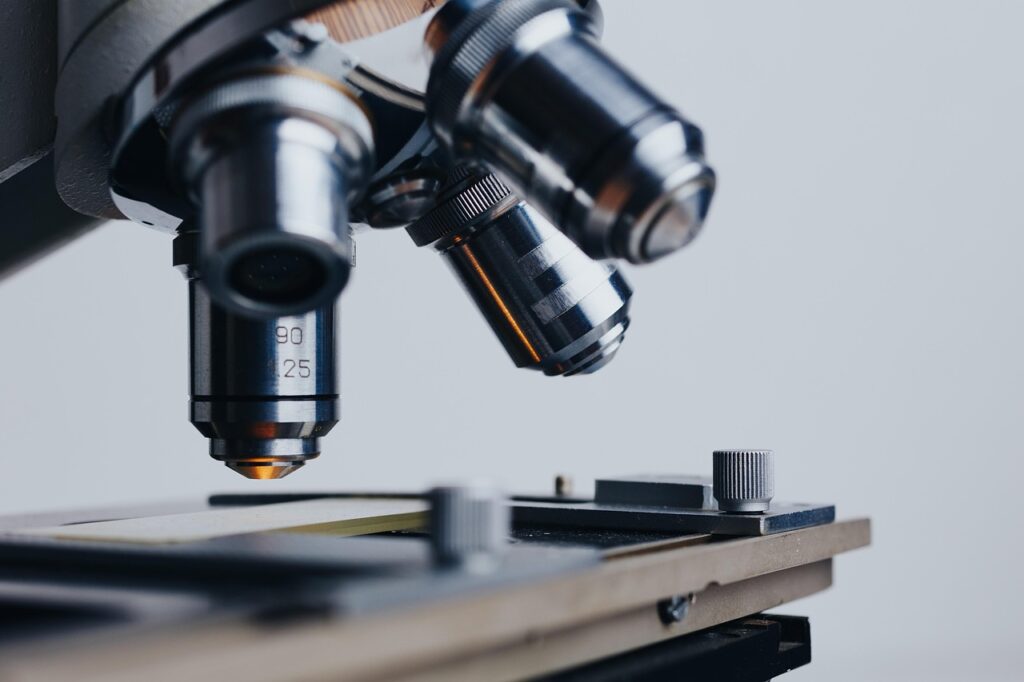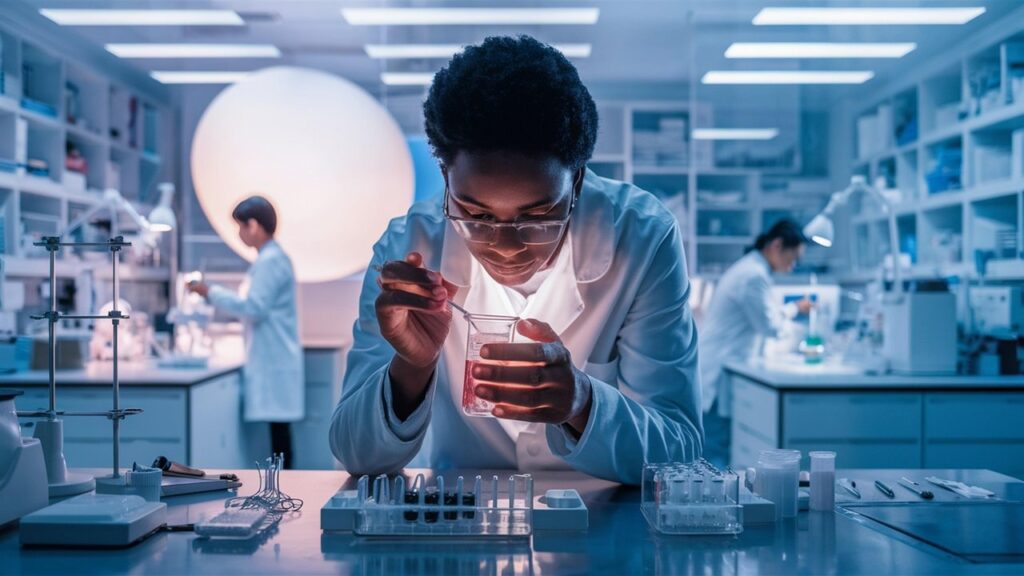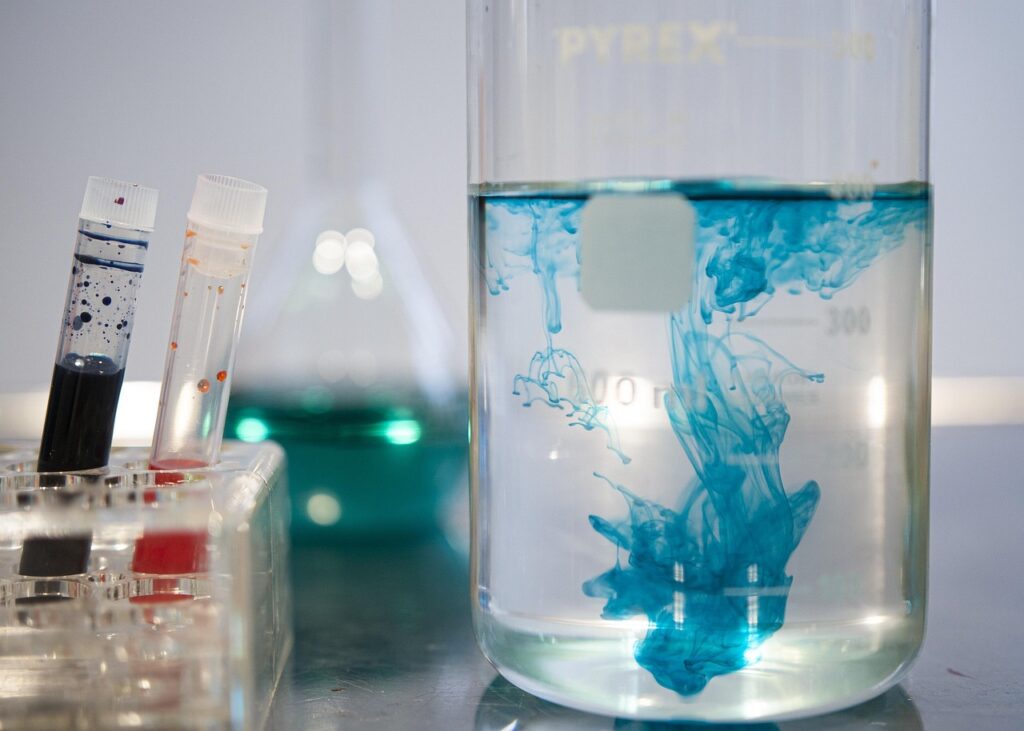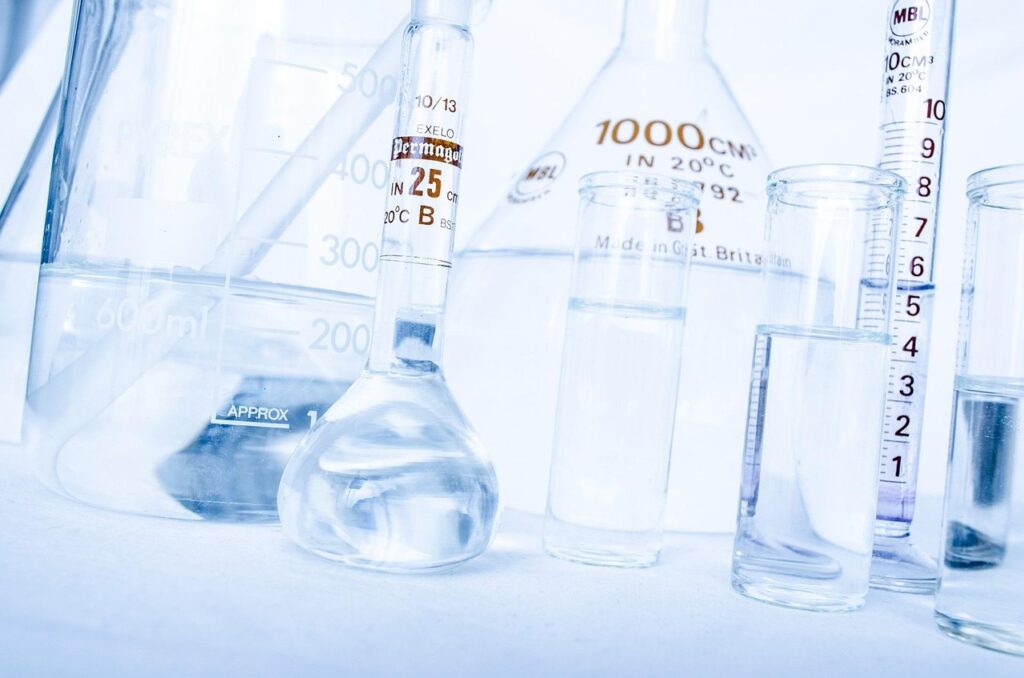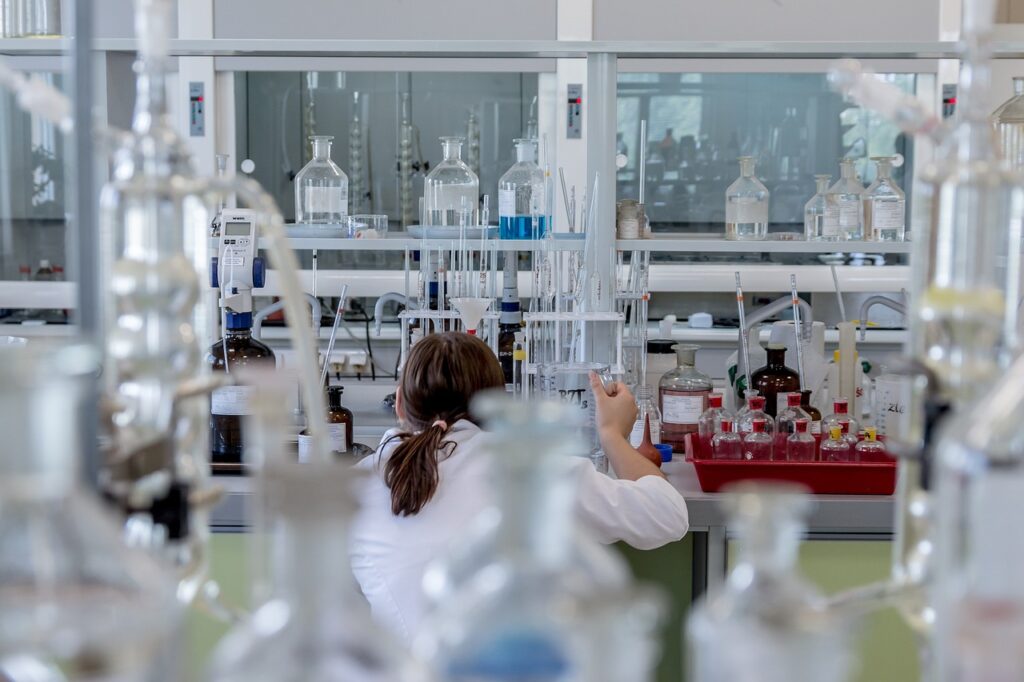Agriculture plays a crucial role in sustaining human life as the world’s population grows and demand for food production increases. As a result, pesticide testing in water is critical to our modern society. The need to produce more food has led to the adoption of intensified farming practices that heavily rely on pesticides.
Although these chemical agents are crucial in protecting crops, their widespread use poses a significant environmental threat. When pesticides contaminate water systems, they can cause harm to aquatic ecosystems and human health.
This blog post delves into the critical realm of pesticide testing in water, exploring its significance, methods employed, and implications for human health and the delicate balance of aquatic ecosystems.
Understanding the Need for Pesticide Testing in Water:
Pesticides, vital for sustaining global food production, frequently infiltrate water bodies through runoff from treated fields and direct application near water sources, posing substantial risks to aquatic ecosystems and human health through drinking water consumption.
The far-reaching consequences of this contamination underscore the critical need for rigorous pesticide testing in water. Such testing is imperative to monitor and proactively mitigate the potential hazards associated with pesticide residues.
By identifying the presence and concentration of these chemicals, testing is a pivotal tool in preserving the delicate balance between agricultural productivity, environmental integrity, and the well-being of communities reliant on water sources.
This imperative underscores the interconnected responsibilities of safeguarding our ecosystems and ensuring public health in the face of escalating agricultural demands.
Check out our blog post on the importance of pesticide residue testing in India.
The Impact of Pesticides on Aquatic Ecosystems:
Pesticides, essential components of agricultural practices, exert multifaceted and often harmful effects on aquatic ecosystems, disrupting the intricate balance of underwater life. This section explores how these chemical agents can harm aquatic organisms and ecosystems, emphasizing the critical and urgent need for robust pesticide testing in water.
The direct toxic impact on fish, invertebrates, and microorganisms and the complexities of bioaccumulation and biomagnification underscores the pervasive threats pesticides pose to aquatic life. Furthermore, the potential risks to human health through contaminated water sources necessitate a thorough understanding of these dynamics.
Comprehensive pesticide testing emerges as a paramount measure to mitigate these risks, offering a crucial tool to safeguard the health and equilibrium of aquatic environments.
Direct Toxicity to Aquatic Life:
Pesticides exert direct and harmful effects on crucial components of aquatic ecosystems, including fish, invertebrates, and other aquatic organisms, disrupting the delicate balance of underwater life. The toxic impact of these chemicals extends beyond mere presence, affecting critical species’ health, reproduction, and overall survival, thereby jeopardizing the broader aquatic ecosystem.
A nuanced understanding of the specific chemicals present in water is imperative to assess the potential threats posed by pesticides comprehensively. Thorough testing involves identifying and quantifying these chemical agents, which is pivotal in providing the detailed insights necessary for evaluating ecological risks.
The complexity of aquatic environments necessitates a tailored approach to discern the specific vulnerabilities of various species, allowing for targeted assessments and effective conservation and management strategies.
Bioaccumulation and Biomagnification:
The introduction of pesticides into water bodies initiates a concerning chain of events, with bioaccumulation posing a significant threat to aquatic organisms. Once present, these chemicals accumulate in the tissues of the organisms over time.
This process of bioaccumulation becomes particularly problematic when considering the phenomenon of biomagnification up the food chain. As organisms consume contaminated prey, the concentration of pesticides increases with each trophic level, reaching higher concentrations in predators.
Pesticide testing in water plays a pivotal role in identifying and quantifying these trends, serving as a critical tool for understanding the extent of bioaccumulation and biomagnification in aquatic ecosystems.
By monitoring the concentration levels of pesticides in various trophic levels, testing allows for the early detection of potential environmental hazards. This knowledge enables the implementation of proactive measures to prevent further damage to ecosystems and the species within them.
Also, check out our blog post comparing the pesticide residue analysis on organic and conventional produce.
Methods of Pesticide Testing in Water:
With the growing concern surrounding pesticide contamination, various testing methods have been developed to detect and quantify pesticide levels in water accurately. These methods are essential for monitoring water quality and ensuring compliance with regulatory standards.
Chemical Analysis Techniques:
In the sophisticated field of pesticide testing in water, laboratories employ advanced analytical techniques, notably Gas Chromatography-Mass Spectrometry (GC-MS) and Liquid Chromatography-Mass Spectrometry (LC-MS), to achieve unparalleled precision in identifying and quantifying specific pesticides.
GC-MS utilizes gas chromatography to separate compounds and mass spectrometry to identify and quantify them, making it particularly effective for volatile and semi-volatile compounds. Similarly, LC-MS, a powerful liquid-based method, combines liquid chromatography and mass spectrometry to analyze various pesticides, accommodating chemical properties and solubility variations.
Integrating these cutting-edge techniques enables laboratories to accurately discern the presence and concentration of individual pesticides in water samples. This detailed analysis is instrumental in assessing environmental risks and forms the basis for developing effective strategies to mitigate the potential pesticide threats to aquatic ecosystems.
Biological Testing:
Bioassays are methodologies that involve subjecting living organisms, such as algae, daphnia, or fish, to water samples to assess the toxicity levels present. In these tests, the response of the microorganisms to the water sample provides valuable insights into the potential ecological impact of pesticides in water.
By exposing various organisms to the water, bioassays offer a holistic view of how pesticides may affect different trophic levels within aquatic ecosystems. Algae, daphnia, and fish are commonly chosen as representative species due to their sensitivity to environmental changes and their role in the aquatic food chain.
The outcomes of bioassays can help gauge the overall health and potential risks to aquatic life, providing essential information for environmental monitoring and conservation efforts. These tests complement chemical analyses by offering a dynamic and living perspective on the impact of pesticides in water, ensuring a more comprehensive understanding of their ecological consequences.
Enzyme-Linked Immunosorbent Assay (ELISA):
Enzyme-linked immunosorbent Assay (ELISA) stands out as a cost-effective and efficient method for screening the presence of pesticides in water. This technique relies on antibodies to detect and quantify specific pesticides, facilitating a rapid water quality assessment.
In ELISA, antibodies specifically designed to bind with target pesticides are employed, and the reaction produces a measurable signal, typically a color change. The intensity of the signal corresponds to the concentration of the target pesticide in the water sample.
ELISA’s effectiveness lies in its sensitivity, allowing for the detection of low concentrations of pesticides. Moreover, its cost-effectiveness makes it a valuable screening tool for preliminary assessments of water samples, enabling quick and reliable results.
Regulatory Framework and Standards:
Governments and environmental agencies globally have implemented regulatory frameworks and standards to control and monitor pesticide levels in water. These standards act as essential benchmarks, defining acceptable concentrations of pesticides to ensure the protection of both aquatic ecosystems and public health.
Through these regulations, authorities establish limits on pesticide residues in water sources, creating a framework for regular monitoring and compliance enforcement. The overarching goal is to mitigate potential adverse effects on aquatic life and human health, fostering sustainable practices in pesticide use and maintaining the integrity of water resources.
These regulatory measures reflect a collective commitment to environmental stewardship, aligning efforts to balance agricultural productivity and water quality preservation worldwide.
European Union Water Framework Directive:
The EU Water Framework Directive is a critical regulatory framework for safeguarding European surface waters. Formulated to ensure sustainable water management, the directive explicitly addresses pesticide contamination through comprehensive testing measures.
Mandating regular monitoring programs requires member states to assess the presence and concentration of pesticides in surface waters, evaluate potential risks to aquatic ecosystems, and take corrective actions as needed.
The directive emphasizes using advanced analytical techniques to achieve accurate and thorough pesticide testing, aiming to attain and maintain “good ecological status” for European surface waters. By promoting stringent monitoring and control measures, the directive plays a crucial role in preserving biodiversity, maintaining ecosystem health, and upholding the quality of surface waters across the region.
Challenges and Innovations in Pesticide Testing:
Despite notable advancements in pesticide testing methods, challenges persist, particularly in dealing with complex pesticide mixtures and the dynamic nature of evolving formulations. This section explores these challenges and highlights innovative approaches to improve the efficiency and accuracy of pesticide testing in water. The complexities arising from diverse pesticide combinations and the continuous evolution of formulations call for adaptive testing methodologies.
Innovations, such as integrating advanced analytical tools like mass spectrometry and employing machine learning algorithms, are being explored to provide a more detailed and nuanced understanding of pesticide mixtures. Real-time monitoring challenges are being addressed through sensor technologies and remote sensing capabilities, enabling continuous on-site surveillance of water bodies.
Collaborative efforts among researchers, regulatory bodies, and industry stakeholders are crucial for refining testing methodologies and overcoming challenges, ensuring a more resilient and adaptive approach to environmental protection.
Complexity of Pesticide Mixtures:
The complexity of water sources, often characterized by multiple pesticides in varying combinations, poses a challenge for traditional testing methods to accurately identify and quantify individual chemicals. Advanced analytical tools and machine learning algorithms are increasingly being employed to address this challenge.
These sophisticated technologies aim to tackle the intricacies of pesticide mixtures by providing a more nuanced understanding of their combinations. Advanced analytical tools, such as mass spectrometry and machine learning algorithms, enable the simultaneous identification and quantification of multiple pesticides in water samples.
By harnessing the power of artificial intelligence, these tools can recognize patterns within complex datasets, improving the precision and efficiency of pesticide analysis.
Emerging Pesticides and Metabolites:
The ever-changing landscape of pesticide formulations and the constant emergence of new compounds present an ongoing challenge for testing methodologies. The evolution of pesticides necessitates continuous research efforts to understand novel compounds’ properties and environmental impacts, requiring collaboration between scientists, regulatory bodies, and industry stakeholders.
Adaptable testing protocols are crucial to detect and quantify these emerging compounds accurately, incorporating advanced analytical techniques and innovative technologies. Regulatory bodies play a pivotal role in updating standards and guidelines based on the latest research findings, ensuring that testing methodologies remain effective and aligned with the evolving nature of pesticide use.
The dynamic and collaborative approach advocated here is essential for staying ahead of developments in the field and safeguarding both environmental and human health from the potential risks associated with new pesticide formulations.
Integration of Remote Sensing Technologies:
Adopting remote sensing technologies, including satellite imagery and uncrewed aerial vehicles (UAVs), holds great promise in revolutionizing the monitoring of agricultural activities and potential pesticide runoff. These innovative approaches provide:
- A comprehensive, bird’s-eye view of vast farm landscapes.
- Allowing for the observation of changes in land use.
- Crop health.
- Pesticide applications.
Integrating satellite imagery and UAV data with traditional testing methods enhances the efficiency and scope of pesticide monitoring by offering valuable insights into the spatial distribution of pesticide applications and identifying areas at risk of runoff.
Furthermore, these technologies contribute to developing predictive models, enabling a more comprehensive understanding of pesticide movement in agricultural landscapes.
Check out Sms Labs Pesticide testing services for your personal and professional needs.
Conclusion:
In conclusion, pesticide testing in water is critical to environmental stewardship. As we navigate the delicate balance between agricultural productivity and ecological sustainability, understanding the impact of pesticides on water systems becomes paramount. Rigorous testing methods, adherence to regulatory standards, and ongoing innovation in the field are essential to ensure the health of our aquatic ecosystems and, by extension, our well-being. Through a collective commitment to responsible pesticide use and vigilant testing practices, we can strive for a harmonious coexistence with the environment, preserving the vitality of our water resources for generations to come.

